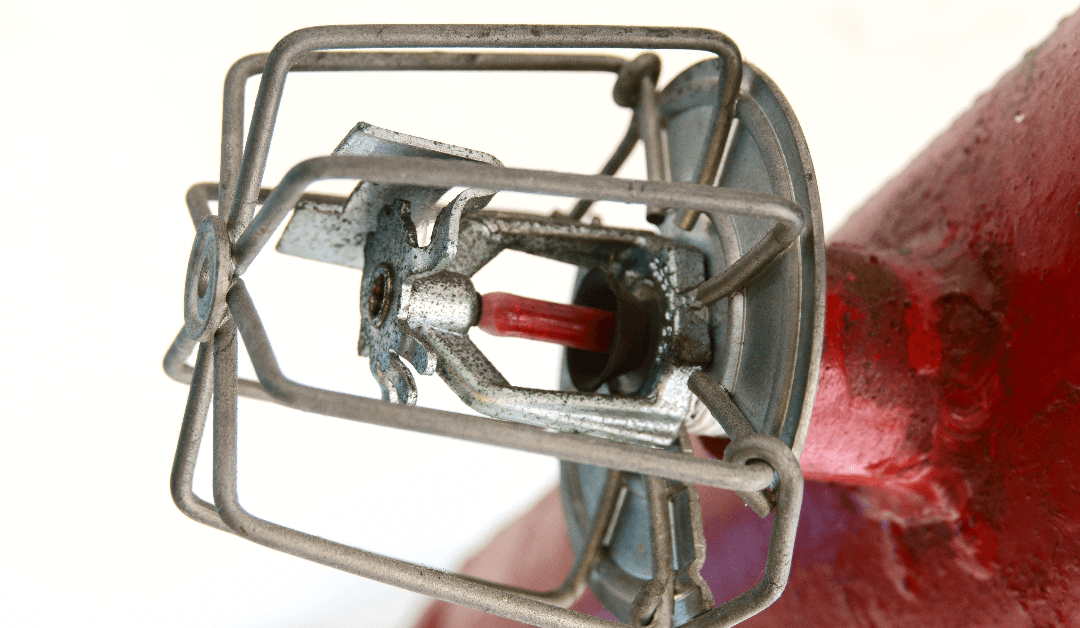Knowing the intricate details of your business inside and out may seem like a tall order sometimes, but it’s vital to know certain areas of the building in order to better serve your employees and customers. This can include your fire sprinkler systems, as these devices can help save your life and that of the people inside your business in case of emergency. It’s a good idea to know the fire system inside and out, especially when it comes to the use of antifreeze in them and how this is changing in the years to come. Premier Fire Alarm Systems in Miami can assist you in determining what system you have and how to be better prepared in case of emergency.
Why Antifreeze?
Wet fire sprinkler systems rely on the use of antifreeze as some of the sprinklers may be in outdoor conditions, and require freeze protection if the temperature dips below 40 degrees. Although the antifreeze performs its job well in keeping the fire systems from freezing, there is cause for concern that the antifreeze can make a fire worse. A number of fire incidents have shown that when the proportion of the active ingredients in antifreeze near a sprinkler are too high, the antifreeze solution can actually serve as fuel for a fire when the sprinkler discharges. This can cause flash fires or even explosions, putting people at greater risk when a fire breaks inside of a building.
Fire Sprinkler Systems
Due to these recent developments, the National Fire Protection Association (NFPA) conducted a number of studies on freeze protection solutions. The NFPA subsequently incorporated changes to the NFPA 13, Standard for the Installation of Sprinkler Systems and NFPA 25, Standard for the Inspection, Testing and Maintenance of Water-Based Fire Protection Systems. Fire systems that were installed after 2012 are using another means of freeze protection other than antifreeze, and don’t require any additional work to be done on them since they are compliant with current regulations and ordinances. If your system was installed prior to 2012, however, you will need to update the current antifreeze protection to ensure it’s a safer alternative.
Although the changes the NFPA made in 2013 expected businesses to change their current fire systems, if you did not address these concerns prior and are using antifreeze, you will need to update your fire systems and eliminate the use of antifreeze by September 30th, 2022. Contacting a fire alarm company now can help you get the service you need quickly and not have to worry about any encroaching deadlines. If you are still using antifreeze in your sprinkler system, you will need to at least flush out the system to eliminate any traces of your existing antifreeze solution. Once the flushing is done, you will then need to replace your antifreeze with a UL listed, noncombustible, replacement solutions. These are just the minimum requirements and it’s important to check with a fire system company to ensure you are still compliant and don’t require any other necessary changes.
Ensuring Safety
As mentioned above, you may be required to conduct more changes to your sprinkler system than flushing and replacing the antifreeze solution. It’s a good idea to ask yourself when the last time you had the alarm system inspected, as it may be due for this service as well. And if the business or building has changed in the last few years, either by adding different equipment, adding staff or extra rooms, the needs of the fire system may have changed since the last inspection. Staying on top of your fire system is vital to keep yourself, your employees and your customers safe and happy.
Contact Us
Do you need to update your fire sprinkler system before 2022? Premier Fire Alarm Systems in Miami will help you sort through what changes need to be made, and perform all the necessary flushing, replacing and inspections required so you can have peace of mind when it comes to fire safety. Call us today!


